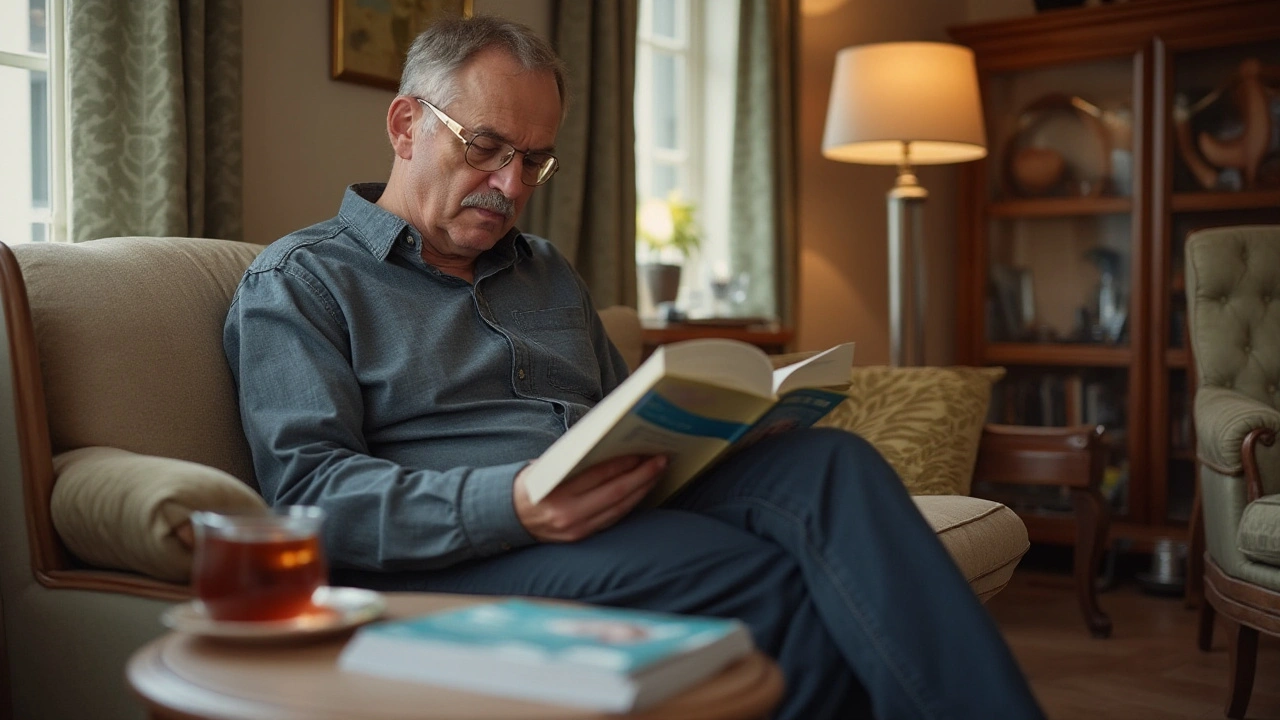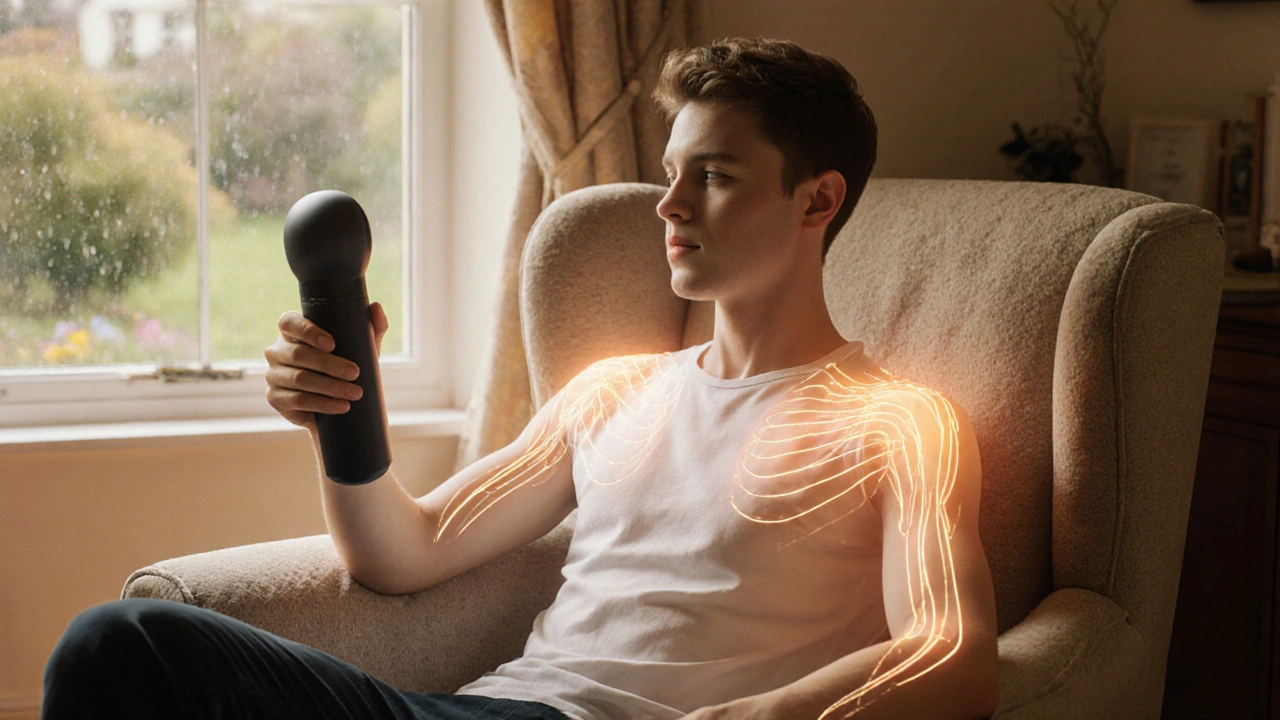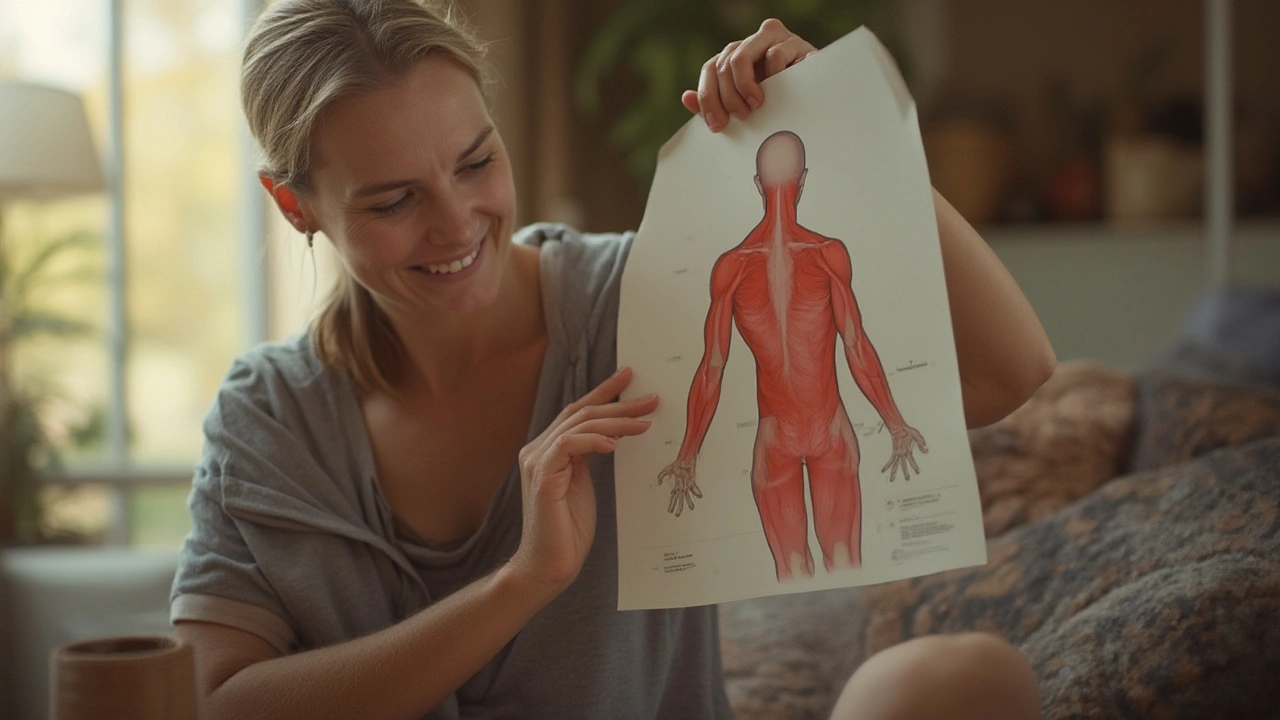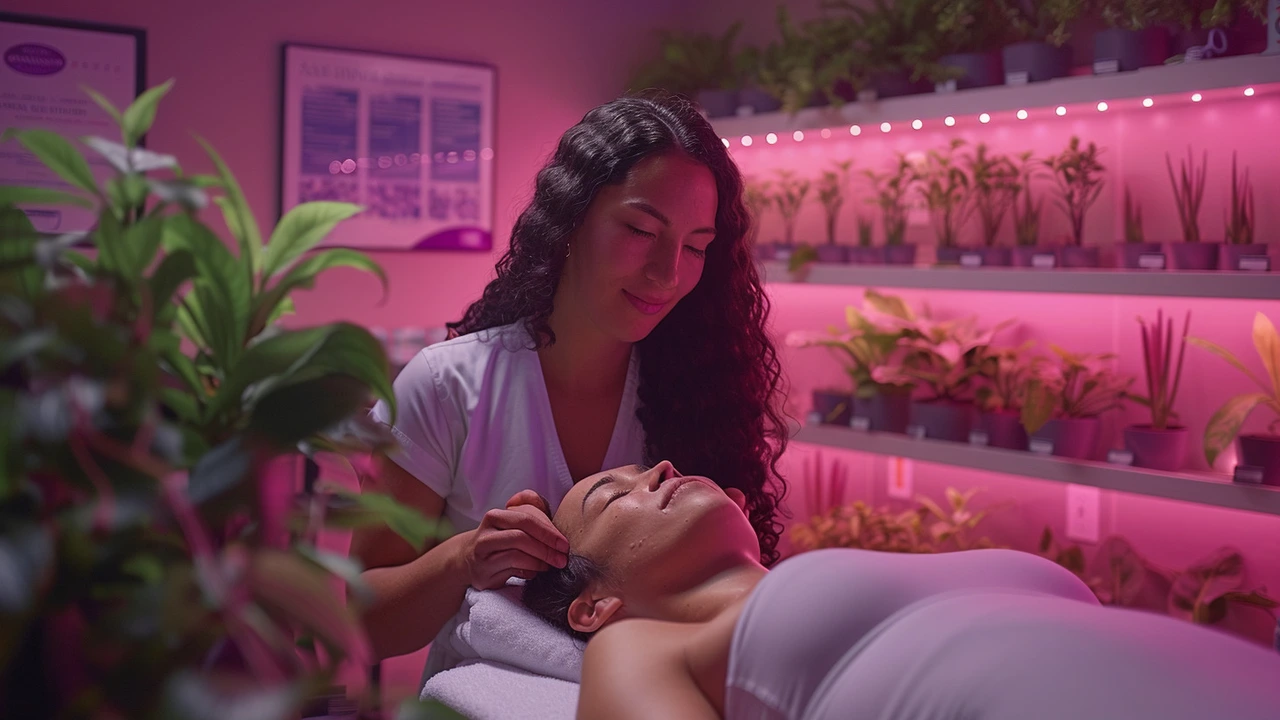Lingam Massage: Mastering the Art of Male Pleasure
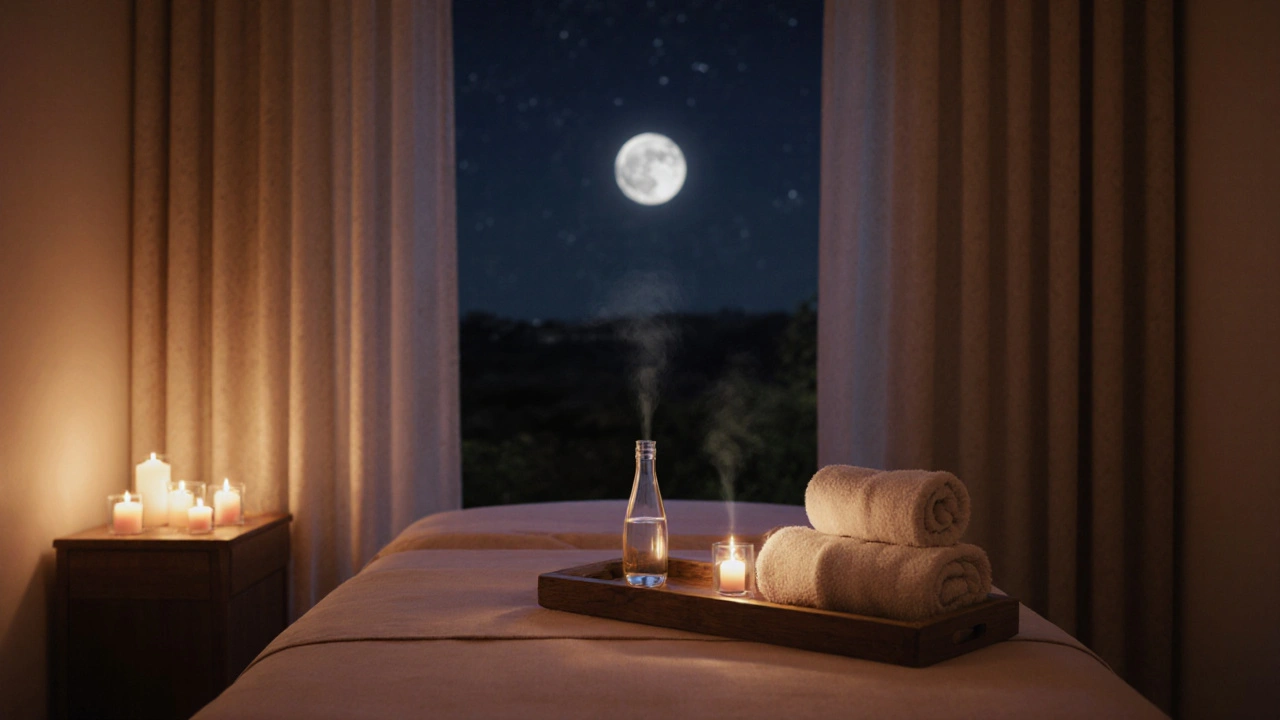
Lingam Massage Benefits Comparison Tool
Benefits Comparison Table
| Aspect | Lingam Massage | Traditional Massage |
|---|---|---|
| Blood Circulation | Targets pelvic vessels, encouraging stronger erections | Focuses on muscles, limited pelvic impact |
| Stress Relief | Combines breathwork with erotic stimulation for deep calm | Relieves muscle tension through pressure |
| Prostate Health | Gentle stimulation can promote fluid movement and reduce congestion | None |
| Emotional Connection | Fosters intimacy and vulnerability when shared with a partner | Usually a solo therapeutic session |
Interactive Benefit Selector
Select the aspects you're interested in to see how lingam massage compares:
Ever wonder why a well‑done lingam massage feels like a bridge between deep relaxation and intense pleasure? It’s not just about touch - it’s a blend of anatomy, breath, and intention that can boost circulation, calm the mind, and even support prostate health. Below you’ll find everything you need to practice safely, respectfully, and enjoyably.
What Is Lingam Massage?
Lingam Massage is a specialized form of erotic massage that focuses on the male genital area, often referred to by its Sanskrit name ‘lingam,’ meaning ‘symbol of divine energy.’ Rooted in ancient Tantra, it treats the penis as a portal for sexual energy rather than just a source of orgasm. When performed correctly, the massage can release tension, improve blood flow, and heighten body awareness.
Core Benefits Compared to Standard Massage
| Aspect | Lingam Massage | Traditional Massage |
|---|---|---|
| Blood Circulation | Targets pelvic vessels, encouraging stronger erections | Focuses on muscles, limited pelvic impact |
| Stress Relief | Combines breathwork with erotic stimulation for deep calm | Relieves muscle tension through pressure |
| Prostate Health | Gentle stimulation can promote fluid movement and reduce congestion | None |
| Emotional Connection | Fosters intimacy and vulnerability when shared with a partner | Usually a solo therapeutic session |
Essential Tools & Preparation
Before you begin, gather a few basics. Quality matters more than quantity.
- Massage Oil is a thin, glide‑enhancing lubricant that reduces friction and allows the hands to flow smoothly. Coconut, jojoba, or a scented almond oil work well and are skin‑friendly.
- Consent is the cornerstone of any erotic practice. Both giver and receiver should discuss limits, expectations, and safe words ahead of time.
- Soft lighting or candles create a calming atmosphere; consider a diffuser with lavender or sandalwood for aromatherapy.
- Warm towels or a heating pad can keep the area relaxed.
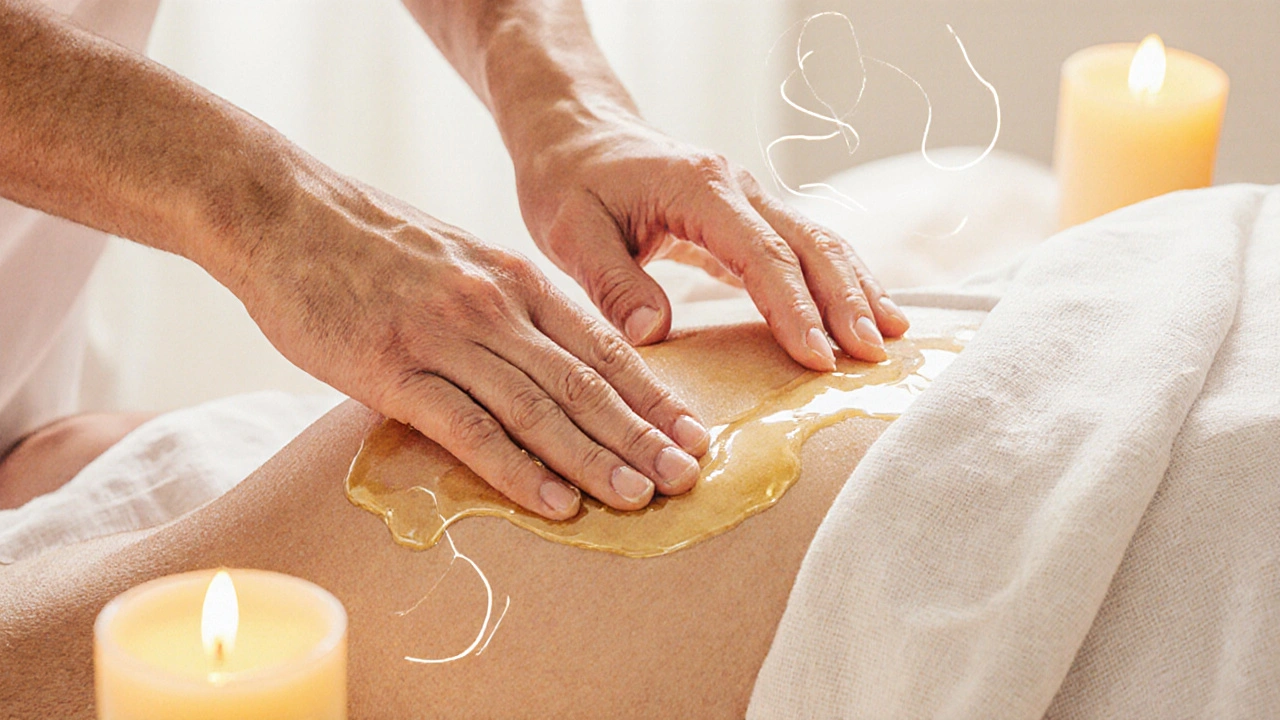
Step‑by‑Step Technique
- Set the mood: dim lights, play gentle music, and ensure the space is comfortably warm.
- Begin with a full‑body rub to transition from everyday stress to focused attention. Use long strokes on shoulders, back, and limbs.
- Move toward the pelvic region. Apply a small amount of Massage Oil to both hands and warm it between your palms.
- Gently massage the inner thighs, feeling for any tension. Use feather‑light strokes, gradually increasing pressure as the receiver relaxes.
- When you sense comfort, bring your hands to the base of the penis (the perineum). Use circular motions, breathing in sync with your partner’s inhale‑exhale rhythm.
- Progress upward along the shaft, alternating between slow, firm strokes and lighter, teasing glides. Incorporate the testicles with soft cupping motions, always checking in for comfort.
- If the goal is energy circulation rather than climax, practice “edge” techniques: bring the receiver close to orgasm, then pause and shift focus back to the perineum.
- Finish with a gentle wrap of a warm towel and a few minutes of quiet breathing. This helps the body integrate the heightened energy.
Common Mistakes & How to Avoid Them
Even experienced practitioners slip up. Here are the pitfalls you’ll want to dodge:
- Rushing the build‑up. Skipping the full‑body warm‑up reduces relaxation and can cause tension.
- Using too much pressure. The penis is rich in nerve endings; excessive force can cause numbness.
- Ignoring signals. If the receiver tenses or pulls away, pause and ask for feedback.
- Forgetting hygiene. Clean hands and trimmed nails prevent scratches and infections.
Integrating Tantra Principles
Tantra is a spiritual framework that treats sexual energy as a path to heightened awareness. When you combine lingam massage with breathwork-inhale as you glide upward, exhale as you glide downward-you move the life force (prana) through the central channel (sushumna). This can create a subtle flow of warmth that spreads beyond the genitals, leaving the whole body tingling.
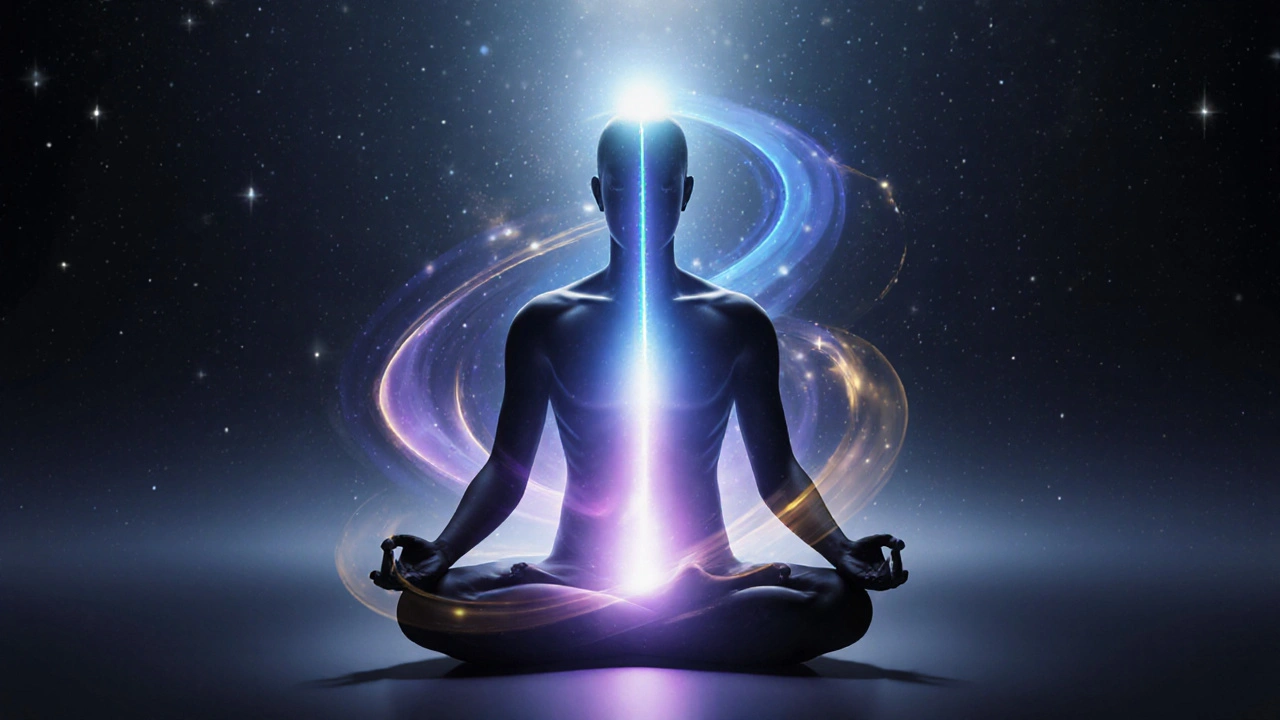
Safety & Health Considerations
Although the practice is generally safe, a few health notes are worth keeping in mind.
- Prostate Health can benefit from regular, gentle stimulation, which encourages fluid circulation and may reduce the risk of congestion. Men with prostatitis should consult a physician before intensive sessions.
- Erogenous Zones extend beyond the penis-include the perineum, inner thighs, and nipples. Respecting each zone’s sensitivity enriches the experience.
- If you or your partner have open wounds, skin infections, or severe hemorrhoids, postpone the session until healed.
- Stay hydrated before and after to support circulation and reduce muscle cramping.
Quick Checklist Before You Start
- Discuss boundaries and safe word (Consent).
- Warm the room, gather oil, towels, and soft music.
- Wash hands, trim nails, and test oil temperature.
- Begin with a full‑body relaxation rub.
- Follow the step‑by‑step guide, checking in regularly.
- Close with a warm wrap and shared breathing.
Frequently Asked Questions
Is lingam massage only for sexual arousal?
No. While pleasure is a natural outcome, the practice also aims to release pelvic tension, improve circulation, and deepen emotional intimacy. Many practitioners use it as a meditative tool rather than a purely erotic act.
How often can I receive a lingam massage?
Once or twice a week is common for those seeking regular stress relief. If you have a medical condition, check with a health professional before increasing frequency.
Can I perform the massage on myself?
Absolutely. Self‑lingam massage follows the same steps, allowing you to explore your own sensations, breath, and energy flow. Use a mirror or a partner’s guidance if you’re new.
What type of oil is best?
A skin‑friendly, unscented oil like fractionated coconut works well for glide. If you enjoy scent, a few drops of lavender or ylang‑ylang essential oil mixed into a carrier oil can enhance relaxation.
Is there any risk of injury?
Injury is rare when you keep pressure moderate, avoid sudden jerks, and respect any pain signals. Always stop if the receiver feels discomfort.

